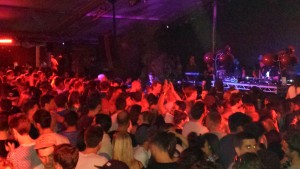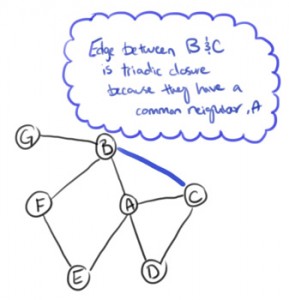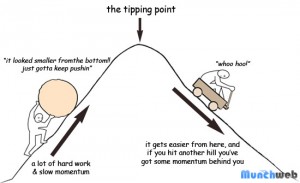Many of the users within the miXXerS social networks will play vastly different roles. These different users could be generic music lovers, the artists/musicians themselves, promoters or even venue owners. Each of these users aims to get something different out of the social network and these differences are presented below.
Generic User: The generic user may have a number of different reasons for using the social network. This could be simply to follow their favourite artists in order to see any new music, upcoming gigs or simply what they are getting up to in their day to day lives. They may also simply want to find new music, be it within the same genre as their favourite artists or if they are more into the live scene, any upcoming gigs within their local area or region. Thirdly, they might just want want to use miXXerS as a place to communicate with their friends or general people sharing the same interests within music.
DJs/Musicians: The aim of musicians within the social network will depend on the position they are in. Famous musicians would likely use the site to simply communicate with their fans, announce/share the release of new music and to announce any gigs they will be performing. Lesser known and independent musicians would likely use the network to release any music they may have recorded and to communicate directly with any friends/fans that are also interested in their music. Like famous musicians, they may also use the network to announce any upcoming gigs. Stats and the ability to advertise which is available for premium users will also be useful for them.
Promoters/Party Producers: Promoters/Party Producers are likely to only use the network in order to announce any new music or upcoming gigs/concerts from their associated artists. Promoters from a specific music label for example may be there to combine all of the related news for the artists within their label, whilst gig promoters may promote any upcoming gigs occurring at their associated venues. Stats available for premium users will also be useful for them. Stats and the ability to advertise which is available for premium users will also be useful for them.





 Given young people are our chosen demographic focus one suggested feature is advice on what music is useful for studying. However, miXXerS is specifically for people who go to parties. While the idea came up it is quite a divergence from the main aim of the site which targets DJs, party/concert goers and musicians and party producers/promoters. Given we are a team of all students that like music we are getting our music on as we work on this project.
Given young people are our chosen demographic focus one suggested feature is advice on what music is useful for studying. However, miXXerS is specifically for people who go to parties. While the idea came up it is quite a divergence from the main aim of the site which targets DJs, party/concert goers and musicians and party producers/promoters. Given we are a team of all students that like music we are getting our music on as we work on this project.